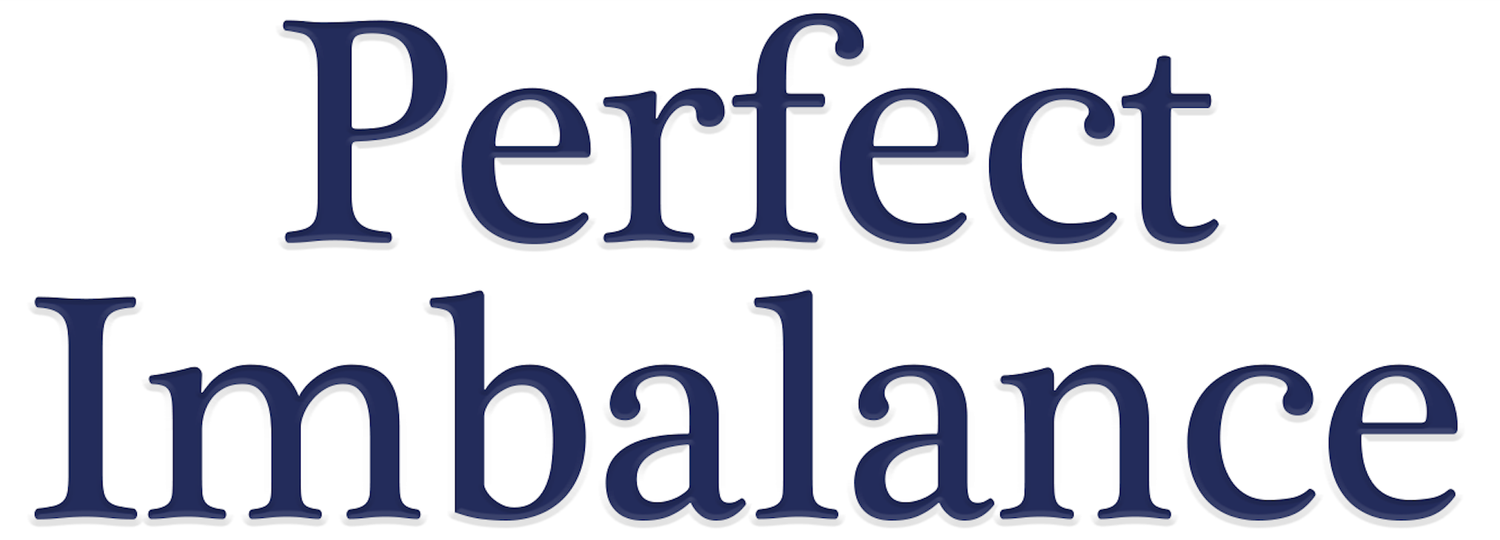Are you leaving millions on the table in your IT budget?
How I Uncovered Hidden IT Cost Drivers—And Saved Millions: Real-World Lessons from the CIO Trenches.
After 25 years as a CIO, I’ve seen firsthand how invisible cost drivers quietly erode technology budgets, often overshadowed by the rush to deliver innovation and business value. Over time, small inefficiencies add up—until you realize your IT spend is out of control.
Here’s my practical blueprint, drawn from hard-earned experience, for identifying and eliminating the top 10 IT cost drivers. Each one can be tackled as a focused initiative—and the returns can be transformative:
1. Redundant software proliferation: Audit your entire software stack—you’ll be surprised how much gold you’ll find in unused or duplicate software applications.
2. Unmanaged cloud costs: Cloud is now the #1 or #2 line item in most IT budgets. Over-provisioning and forgetting to deprovision is a silent budget killer.
3. Shadow IT: Multiple teams buying the same tool? Get centralized contract visibility to cut waste and negotiate better terms.
4. Excessive overhead headcount: Examine your ratios—developers versus support/administrative staff. Overhead should be lean and strategic.
5. Right sourcing and location: Be intentional about which skills are in-house, outsourced, onshore, or offshore. Sourcing by design, not by accident.
6. IT-business misalignment: Dollars spent on misaligned projects rarely generate meaningful returns. Keep IT priorities tightly linked to strategic initiatives.
7. Long-term contracts: Avoid complex, sticky commitments. Contracts beyond three years often lock in outdated costs and restrict flexibility.
8. Not understanding IT sales processes: Train your IT and procurement teams on vendor playbooks—knowledge is leverage in negotiations.
9. Excessive hardware redundancy: Both on-prem and in the cloud, too many instances and servers drive up spend unnecessarily.
10. Software audits: Software vendors rely on audits for high-margin revenue. Stay diligent on entitlements and usage, or risk costly retroactive bills.
I’ve personally led projects targeting each of these drivers—and the results were significant, freeing millions to reinvest in true transformation.
There’s more on these strategies and actionable frameworks in my book Perfect Imbalance https://www.perfect-imbalance.com/services
What hidden cost drivers have you uncovered in your journey? Let’s connect and share solutions—visit my website to dive deeper and start the conversation.
